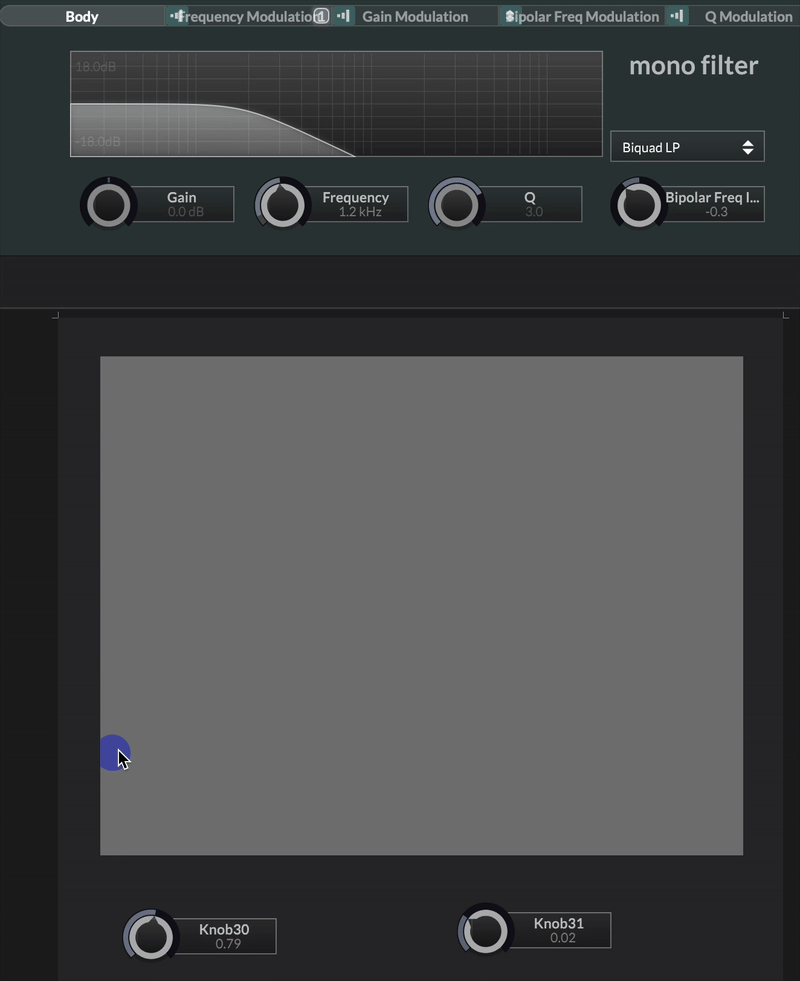@Christoph-Hart @gorangrooves I had a real fun time with Azure as well before opting to pay the cartel at signmycode. Azure charged me for months (4-5) while I waited to have my account authenticated. I followed the link David shared (which is really great imo).
Azures customer support is nonexistent. My case got stuck in limbo, I suspect it may be due to the fact that my documents are all in French but I have no idea honestly.
If you have time to wait and saving money is a priority, then maybe Azure is a good option. I wouldn’t hold my breath. I kind of agree with Christoph about just not signing the plugin, it’s not really a big deal at the end of the day.



